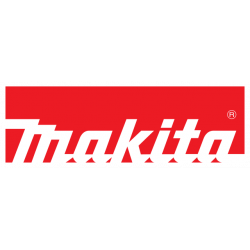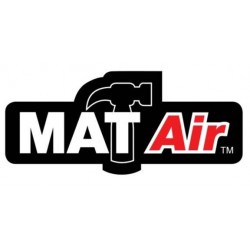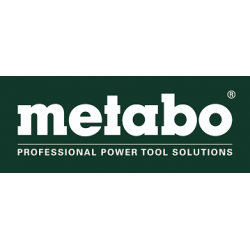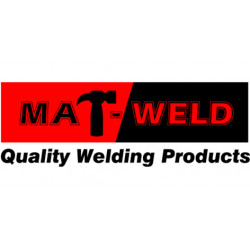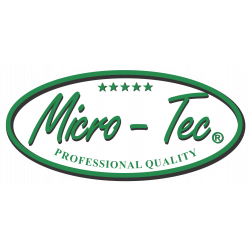



| Quantity | Unit Price | You Save |
|---|---|---|
| 5 or more | R 309.47 | 3.70 % |
| 10 or more | R 304.70 | 5.19 % |
| 20 or more | R 297.56 | 7.41 % |
- Stock: 594
- Model: DTCAVYN-420
- SKU: DTCAVYN-420
- UPC: 6009515901097
Application

A two-component chemical anchoring injection system. A formulation derived from vinylester resin with high bond strength, developed principally to anchor threaded rods into concrete. Used widely for medium to high loads in both horizontal and vertical applications
Please see the data sheet for more detailed information
General Questions
What are chemical anchors?
Chemical anchors are types of fasteners that use a resin-based adhesive to secure metal rods, bolts, or rebar into concrete, masonry, or stone. They offer high load-bearing capacity and are commonly used in construction and repair projects.
What are the main types of chemical anchors?
The main types of chemical anchors are polyester, epoxy, and Vinylester. Each type has different properties and applications, with Polyester and Vinylester being commonly used for various purposes. The Dynamic chemical is a polyester styrene-free base while the Dominator is a Vinylester base.
What is the difference between Polyester and Vinylester chemical anchors?
Polyester chemical anchors are cost-effective and suitable for non-critical applications with moderate loads. Vinylester anchors, on the other hand, offer higher strength and chemical resistance, making them suitable for more demanding environments and heavier loads.
What are the different size cartridges on offer?
D-Tech Dynamic or Polyester comes in a 300ml tube, and D-Tech Dominator or Vinylester comes in both a 300ml and a 420ml tube.
Can I return the chemicals after purchasing them?
No, all chemicals are considered Non-Returnable as we cannot guarantee to the next customer how they were handled or stored.
The Dynamic
What are the advantages of polyester chemical anchors?
Polyester chemical anchors are easy to use, cure quickly, and are cost-effective. They are suitable for general-purpose applications in non-critical areas. The Dynamic is easy to dispense and fits into all 300ml caulking guns.
What are the limitations of the Dynamic?
Polyester anchors have lower chemical resistance and mechanical strength compared to Vinylester anchors. They are not suitable for use in environments with high chemical exposure or for heavy load-bearing applications.
In what applications is the Dynamic typically used?
Polyester anchors are commonly used in light to moderate-load applications, such as securing railings, handrails, and fixtures in concrete and masonry.
Does the Dynamic have ETA Approvals?
Yes, the Dynamic is ETA approved for non-cracked concrete including flooded holes, hollow walls and masonry installations. The chemical is also suitable for aerated concrete.
The Dominator
What are the advantages of Vinylester chemical anchors?
Vinylester chemical anchors offer high mechanical strength, excellent chemical resistance, and fast curing times. The Dominator is suitable for both cracked and non-cracked concrete and can withstand harsh environmental conditions.
In what applications is the Dominator typically used?
Vinylester anchors are used in high-load and critical applications, such as structural repairs, bridge construction, and industrial settings where chemical resistance is essential.
Does the Dominator have ETA Approvals?
Yes, the Dominator is ETA approved for cracked and non-cracked concrete (Option 1) included flooded holes, hollow walls and masonry installations. It is also approved for threaded rod and rebar (Option 7). The chemical is also suitable for aerated concrete.
What are dry, wet and flooded holes?
Dry hole: this a hole in which an anchor is installed in non-existent humidity conditions.
Wet hole: this is a hole in which an anchor is installed where there are existing humidity conditions. This means that inside the hole feels wet to the touch. We usually come across this situation during the drying process of a hole or when it has been exposed to light rain.

Flooded hole: this is a hole in which an anchor is installed in conditions of total humidity, that is, the hole is full of water (not to be confused with a submerged hole). This usually occurs when the installation is carried out during heavy rain or after a day of intense rain, the installer may find the hole partially or completely full of water.
Please note that neither the Dynamic nor the Dominator can be used for underwater installations. This requires an epoxy-based chemical.
What are mixing nozzles and what are they used for?
Mixing nozzle is designed to mix and dispense two-component chemical anchors at the same time. Attached the mixing nozzle to a dual cartridge, the two parts of adhesive will combine and mix by the spiral part in the nozzle while dispensing. A good mixing nozzle helps to control the dispensing volume and produce less waste. Always remember to discard the first 10cm of chemical anchor pumped out the nozzle onto a piece of cardboard to ensure the 2 chemical components are properly mixed together.
How many tubes come in a box?
The Dynamic 300ml, the Dominator 300ml and the Dominator 420ml all come in boxes of 12 units.
Installation and Usage
How do you install chemical anchors?
- Drill the Hole: Use the specified diameter and depth according to the anchor's requirements.
- Clean the Hole: Remove all dust and debris using a brush and blower.
- Inject the Resin: Use a dispensing gun to inject the resin into the hole, starting from the bottom.
- Insert the Anchor: Push the threaded rod or rebar into the resin-filled hole while twisting it to ensure even distribution.
- Allow Curing: Let the resin cure as per the manufacturer's instructions before applying any load.
How long do I have to work with the two chemicals and how long does it take to cure?
| Base material Temperature | -10°C** | -5°C** | 5°C | 15°C | 25°C | 35°C |
| Gel Working Time | 50' | 40' | 20' | 9' | 5' | 3' |
| Curing Time Dry Concrete | 240' | 180' | 90' | 60' | 30' | 20' |
| Curing Time Wet Concrete | x 2 | x 2 | x 2 | x 2 | x 2 | x 2 |
Can chemical anchors be used in wet conditions?
The Dominator is generally better suited for use in wet or damp conditions due to its superior chemical resistance. The Dynamic may lose some performance when used in such conditions.
What is the shelf life of the Dynamic and Dominator?
The chemical anchor resins unopened cartridges have a shelf life of 18 months from manufacturing. Please check the expiry date on the cartridge before use.
Are there any safety precautions when using chemical anchors?
Yes, always wear appropriate personal protective equipment (PPE), such as gloves and safety goggles. Ensure proper ventilation when working with chemical resins, and follow the safety instructions.
How do I store the cartridges?
Both chemicals (Dynamic and Dominator) need to be stored between +5C and +25C out of direct sunlight.
























